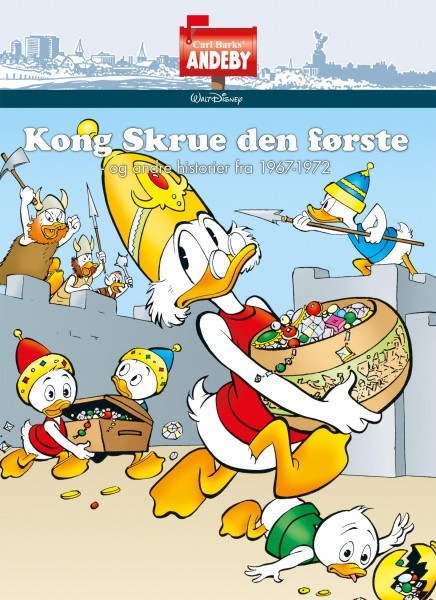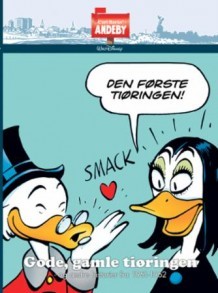
Part of Series
Ova knjiga sadrži stripove Carla Barksa iz godina 1953–1954. U naslovnoj priči Moja dolina snova milijunaška svakodnevica počinje Tvrdicu toliko pritiskati da doživljava živčani slom. Da bi ozdravio, odlučuje pronaći legendarnu dolinu na Himalaji u kojoj novac nema nikakvu vrijednost. U drugoj priči McTwrdy, Paško te Hinko, Dinko i Vinko slučajno otkrivaju podvodni grad za koji se pokaže da je izgubljena Atlantida. U sljedećoj pustolovini junaci dospijevaju na otok Menehune, gdje upoznaju stare havajske legende. Između egzotičnih putovanja život u Patkogradu teče svojim uobičajenim ritmom: Tvrdica želi sagraditi tvornicu novčanika, Paško se previše uživljava u usavršavanje usisavača, a mali nećaci kupuju devu. A to je tek početak neobičnih, svakodnevnih događaja! PATKOGRAD je zbirka slavnih klasičnih stripova koje je Carl Barks napisao i nacrtao od 1943. do 1972. godine. Stripovi su poredani kronološkim redom. Ne propustite pravo blago za fanove!
Author

Carl Barks (March 27, 1901 – August 25, 2000) was an American Disney Studio illustrator and comic book creator, who invented Duckburg and many of its inhabitants, such as Scrooge McDuck (1947), Gladstone Gander (1948), the Beagle Boys (1951), The Junior Woodchucks (1951), Gyro Gearloose (1952), Cornelius Coot (1952), Flintheart Glomgold (1956), John D. Rockerduck (1961) and Magica De Spell (1961). The quality of his scripts and drawings earned him the nicknames "The Duck Man" and "The Good Duck Artist". People who work for Disney generally do so in relative anonymity; the stories only carry Walt Disney's name and (sometimes) a short identification number. Prior to 1960, the creator of these stories remained a mystery to his readers. However, many readers recognized Barks' work and drawing style, and began to call him the Good Duck Artist, a label which stuck even after his true identity was discovered by John and Bill Spicer in 1959. After Barks received a 1960 visit from Bill and John Spicer and Ron Leonard, he was no longer anonymous, as his name soon became known to his readers. Writer-artist Will Eisner called him "the Hans Christian Andersen of comic books." In 1987, Barks was one of the three inaugural inductees of the Will Eisner Comic Book Hall of Fame. (From wikipedia)


